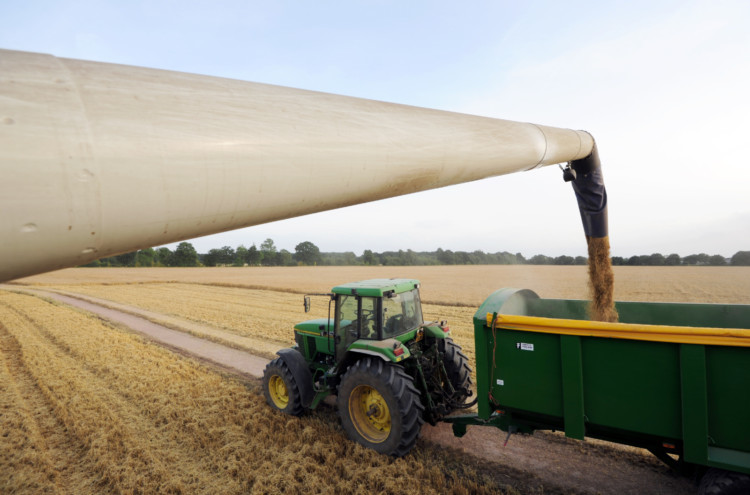Scottish growers could face lower regional premiums for wheat this harvest, according to cereals levy body HGCA.
Results from the annual AHDB/HGCA planting and variety survey suggest the area of wheat in Scotland, which is set to be harvested in the next few weeks, is just more than 269,000 acres.
This is up 25% on last year, and the highest level since harvest 2011 when the Scottish wheat area reached a record of just more than 284,000 acres.
HGCA said, subject to final yields, the Scottish wheat harvest was likely to result in lower regional premiums than those enjoyed by growers in the last two seasons.
Across Great Britain, the total area planted to cereals and oilseed rape this year is up 6% at about 9.66 million acres, with the total wheat area up 22% at 4.84m acres.
“Generally favourable conditions in the autumn of 2013 supported a return to more typical levels of winter crop plantings after extremely challenging conditions a year earlier,” said HGCA senior analyst Helen Plant.
“As generally expected, this has led to a decline in the level of spring cropping.
“However, it is also worth noting that for some growers the impacts of the extreme 2012 and 2013 seasons continue, because the forced changes to cropping patterns have rotational implications,” she said.
According to the planting survey, the total GB barley area is down by 8% at 2.69m acres as a result mainly of a 24% decrease in spring barley plantings.
Ms Plant said: “This is because of a 38% increase in winter barley plantings to 1.04m acres, representing the largest GB winter barley area since 2003.”
Scotland experienced the smallest decrease in spring barley plantings which, although down 7% to 682,000 acres, represent 42% of the GB spring barley area this year.
The majority of barley planted was a malting variety, accounting for 60% of the total GB barley acreage.
The area of oilseed rape planted for harvest this season is up 1% at around 1.77m acres.
HGCA said although the acreage is down 5% on 2012, the 2014 area is likely to be the second largest on record.
“This shows the crop remained popular with growers due to its financial performance over recent seasons and role as a break-crop,” said the cereals levy body.
The GB oats area is down 17% on last year, when the total acreage of oats planted was at a 36-year high, at just over 355,000 acres.
The Scottish oats area is estimated at just above 64,000 acres down 14,826 acres on 2013 but still the second-largest Scottish oat area, after last year, since 1994.
“Increased milling demand for oats, farmers looking for an alternative cereal crop and the lower variable costs associated with oats compared to some other cereals may be the reasons behind the oat area remaining relatively strong,” said Ms Plant.
